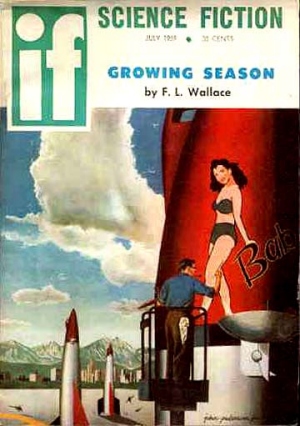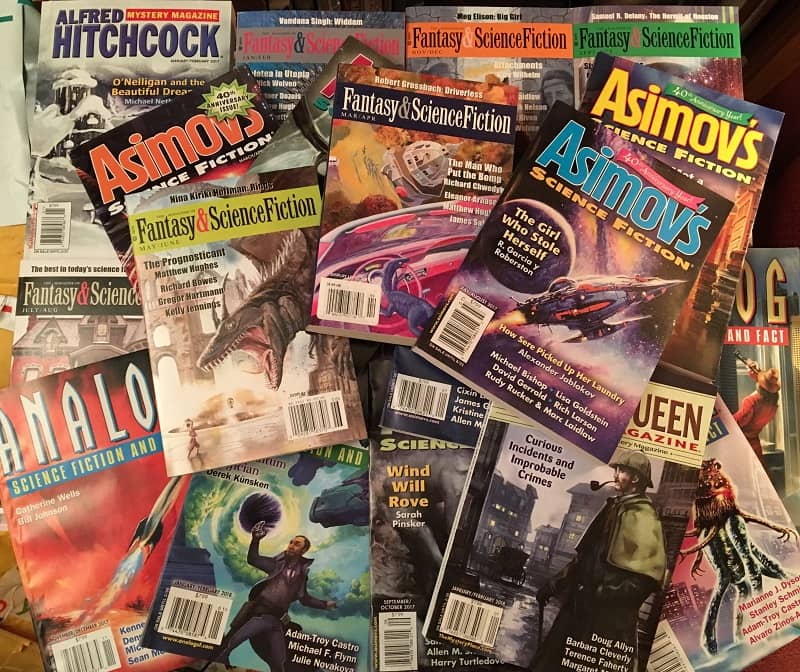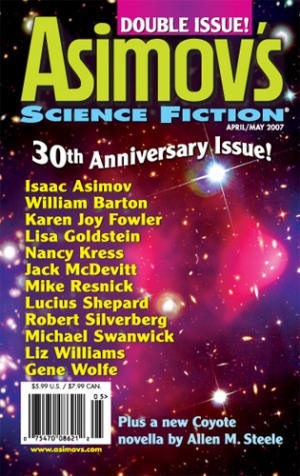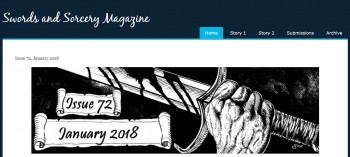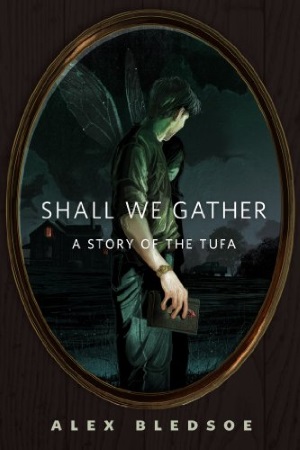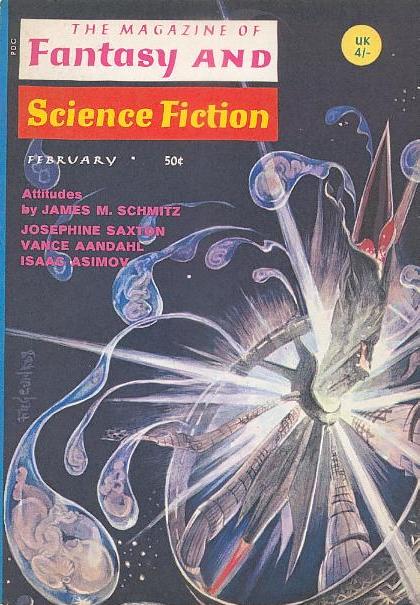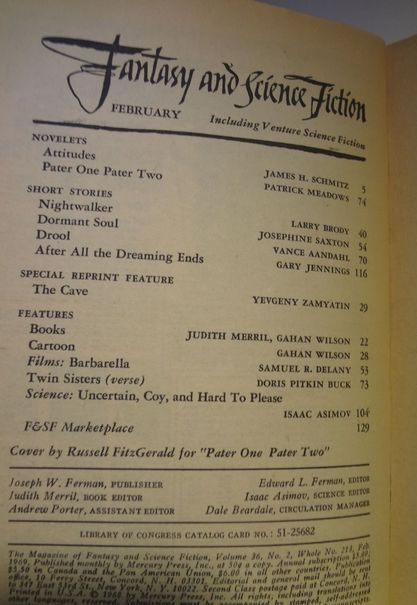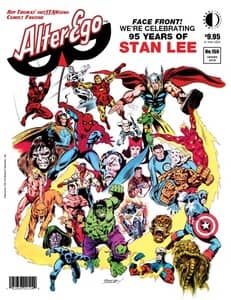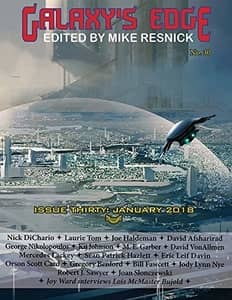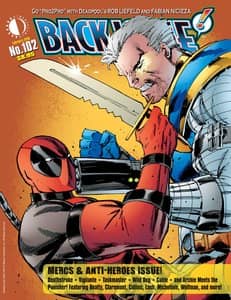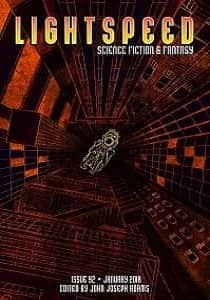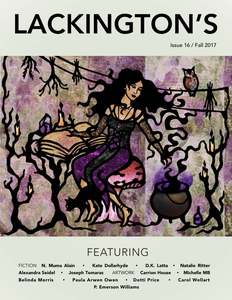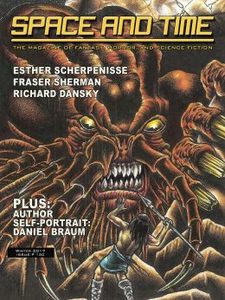Birthday Reviews: J.T. McIntosh’s “Hermit”
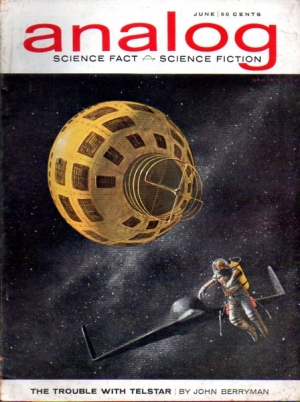
J.T. McIntosh was born James Murdoch MacGregor on February 14, 1925 and died some time in 2008 or late 2007. He used a variation of his primary pseudonym for most of his writing, occasionally spelling it MacIntosh or M’Intosh. When he wrote in collaboration with Frank Parnell, they published as Gregory Francis, and he used Stuart Winsor for works written with Jeff Mason.
His first story, “The Curfew Tolls” appeared in Astounding Science Fiction in 1950 and three years later he published his debut novel, World Out of Mind. In addition to his science fiction, he also wrote a couple of detective novels and in 1956 he collaborated on the screenplay for the film Satellite in the Sky. He retired from writing in 1979 after publishing the novel A Planet Called Utopia.
Tom Godwin’s short story, “The Cold Equations” was published in the August 1954 issue of Astounding Science Fiction. Over the years, many authors have written stories which attempt to resolve the dilemma that Godwin described. In the June 1963 issue of Astounding Science Fact Science Fiction, J.T. McIntosh wrote a story which in many ways was reminiscent of Godwin’s original piece.
“Hermit” is the tale of Experimental Station Officer Duncan Clement, on duty at Station 47 for ten months of a year-long stint. Located in a secluded area of space, his orders are to destroy any terrestrial ship that attempts a landing. When he hears a distress call from a lifeboat with a single young woman on board, he decides to rebel against his orders.
The woman turns out to be, or claim to be, Lesley Kay, the seventeen year old daughter of a Senator. The gender politics of McIntosh’s story are dated and somewhat jarring. Although Clement’s age is never revealed, McIntosh continuously tries, without much success, to build up a sexual tension between the two characters and many of Clements actions, which McIntosh himself notes, are the result of the fact that the lifeboat’s passenger is female.
